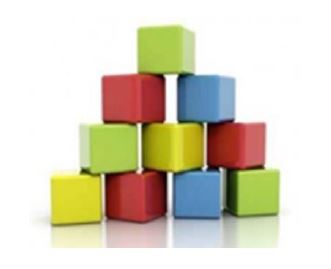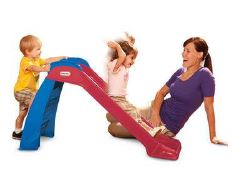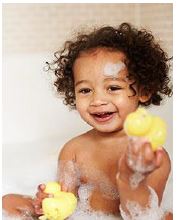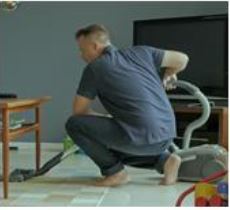

Now that you know all these different was to help your child, let’s think about how you can use them throughout the day, during all the normal stuff that you do together.
Watch and notice what your child is interested in and then talk about it. You can talk about what is happening or say what you think your child would say if he could. Remember to keep your sentences short and repeat them often.
The ‘Links to Videos 2 and 3’ button below will take you to a QR code which you can scan by holding your phone camera over the code to then take you to our videos.
– Any Time is Chatting Time
– Your Words Work Wonders
Add words every day

Now that you know all these different ways to help your child, you can use them throughout the day, no matter what you are doing.
Watch and notice, then wait expectantly so you are really tuned in to what your child is interested in.
Then add words:
- Say what you think your child would want to say if he could
- Add words to what is happening – try not to ask questions. That will come later.
- Use short, simple sentences
- Repeat it again and again.
There are so many opportunities every day when you can add words.
Remember: when your child is just starting to talk, make comments but don’t ask questions like ‘what’s this?’ or ‘what colour’s this?’ Here’s what you could say…..
Having a bath
You could sing ‘this is the way you wash your face, wash your face, wash your face’
You could say ‘let’s make bubbles’ or ‘wash your tummy’, ‘ wash your toes’ etc
Mealtime
You could say ‘yummy dinner’ or ‘more dinner’
You could sing ‘Bobby is eating, eating, eating, Bobby is eating, his tummy’s getting full’
Playing outside
 You could say ‘climb up, up, up’
You could say ‘climb up, up, up’
‘Slide down, down, down’
You could sing ‘This is the way we climb the slide, climb the slide, climb the slide’
Have a chat about the sort of things you could say or songs you could sing.
Doing the washing
……………………………………………………………………………………..
……………………………………………………………………………………..
……………………………………………………………………………………..
……………………………………………………………………………………..
Cleaning the house
…………………………………………………………………………………….
…………………………………………………………………………………….
…………………………………………………………………………………….
…………………………………………………………………………………….
Cooking and baking
………………………………………………………………………………………
………………………………………………………………………………………
………………………………………………………………………………………
………………………………………………………………………………………
Session H Video: https://view.pagetiger.com/sure-start-building-blocks-for-communication/1
Video Script
Add words to everyday activities
Hello again. In this video we are going to think about how your words will work wonders for your child’s developing brain simply when you add words to everyday activities.
As we discussed before, the first step is to follow your child’s lead. This simply means that you notice what your child is interested in and talk about that.
This is important because small children find it easier to communicate about what they are interested in and also they will learn more when what you say links to their interest. Just the same as for you and me – I listen better and learn more easily when someone is talking about what I’m interested in.
So how do we do this? There are lots of ways.
You could try to join in and play.
Even if your child doesn’t start an interaction with you, you can still get involved! For example if he is driving his car on the floor join in! Get down with your car and drive too making car noises! But don’t forget – it is important to wait after you have joined in for a moment or two. When you wait, it gives your child a chance to respond. Then just watch the interaction grow!
Or you could try to copy your child.
If your child is just starting to communicate, one of the best ways to connect with them is by copying their actions, facial expressions, sounds and words. There’s lots more information about this in Session C.
Another thing to try is to put into words what your child wants to say – a bit like an interpreter – put into simple words what you think he is trying to tell you with his actions, sounds, facial expressions. For example, if he hands you an empty cup, think about what he would say if he could e.g. ‘juice’ ‘more juice’. Using 1-2 simple words makes it easier to learn the words and use them when he is ready. Then remember to wait for him to take his turn.
As your child starts to listen more when you speak you could notice what they are interested in and make a Comment – say something (just one or two words) that matches what your child is doing or saying at that moment. Then remember to wait so your child can take a turn. This helps to get the communication seesaw moving.
There are so many opportunities every day when you can add words – anytime can be chatting time.
There are some more ideas on your handout to get you started.
Let’s see how Caitlin’s mum adds words at dinner time. She waits to see what Caitlin is interested in and responds by putting into words what she thinks Caitlin wants to say.
So hopefully this has helped you get ready to make anytime chatting time by adding words to everyday activities. Your words really do work wonders for your child’s developing brain.
Thank you for taking time to watch these videos and remember that the staff in Sure Start are there to support you so please keep in touch with them and they will also point you in the right direction if you need to discuss your child’s progress with anyone else. Bye.





